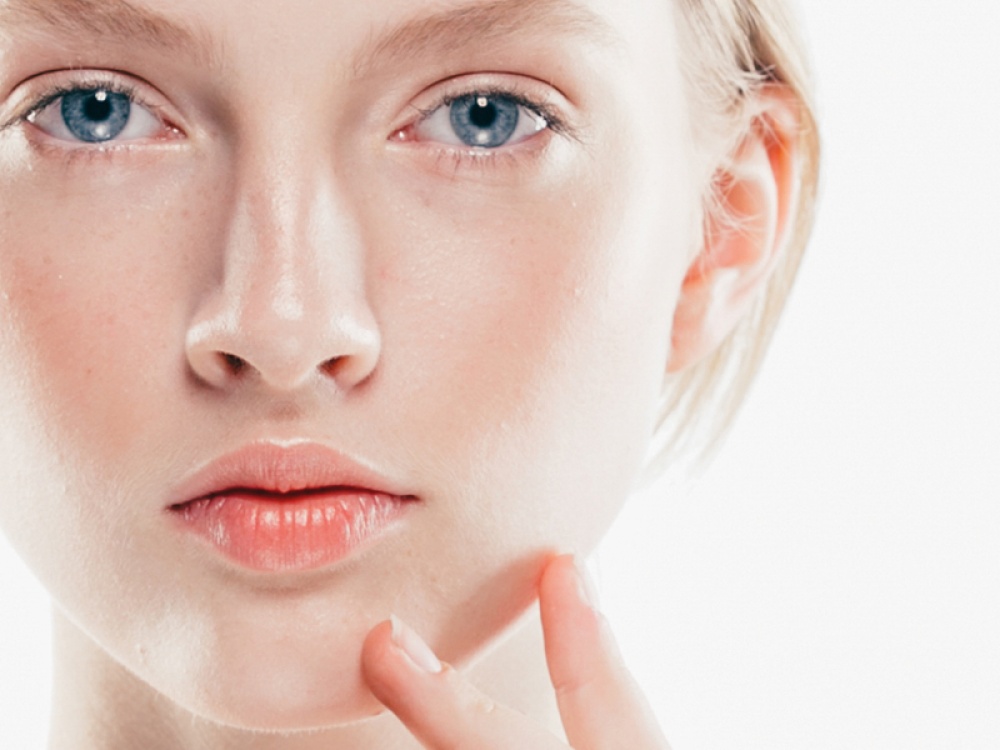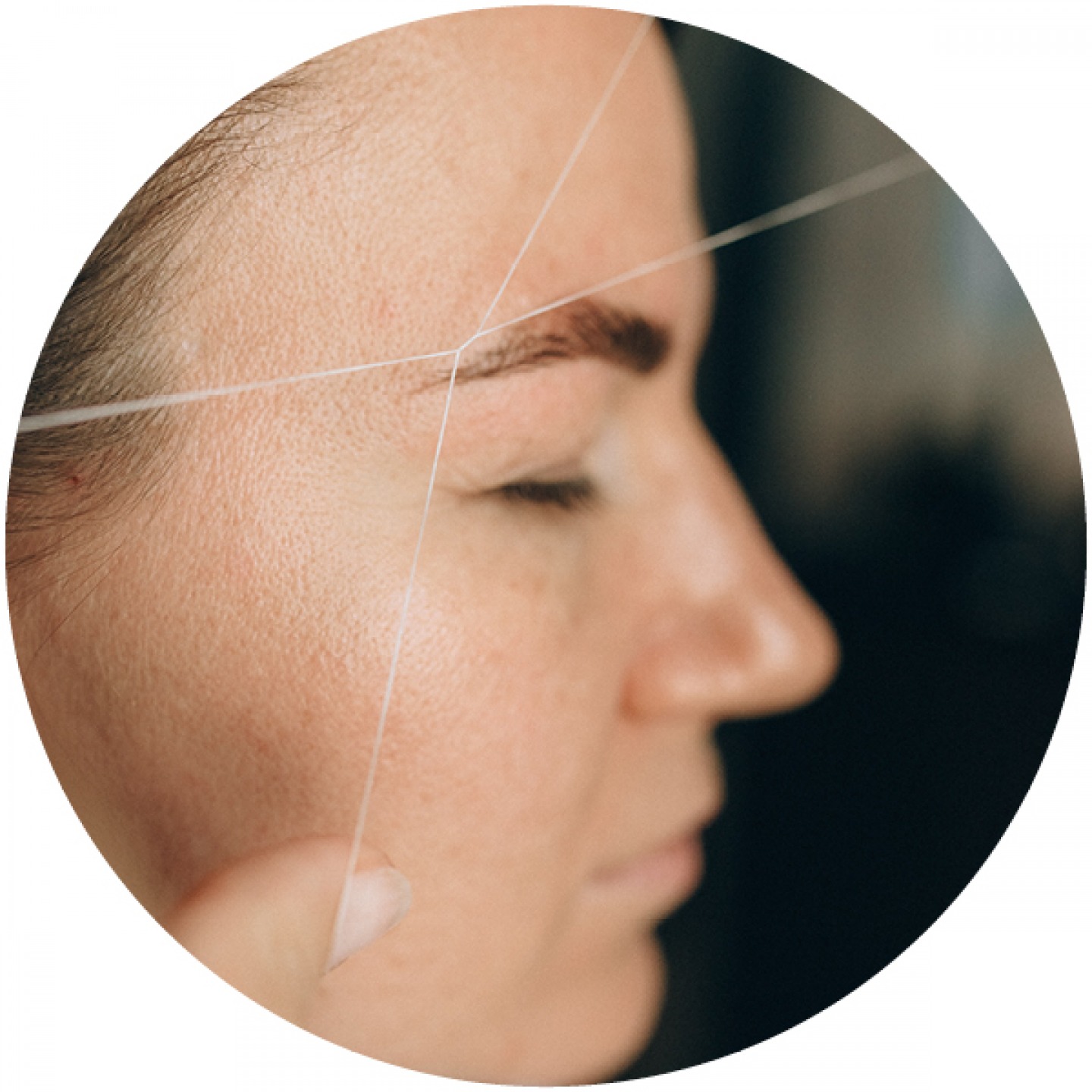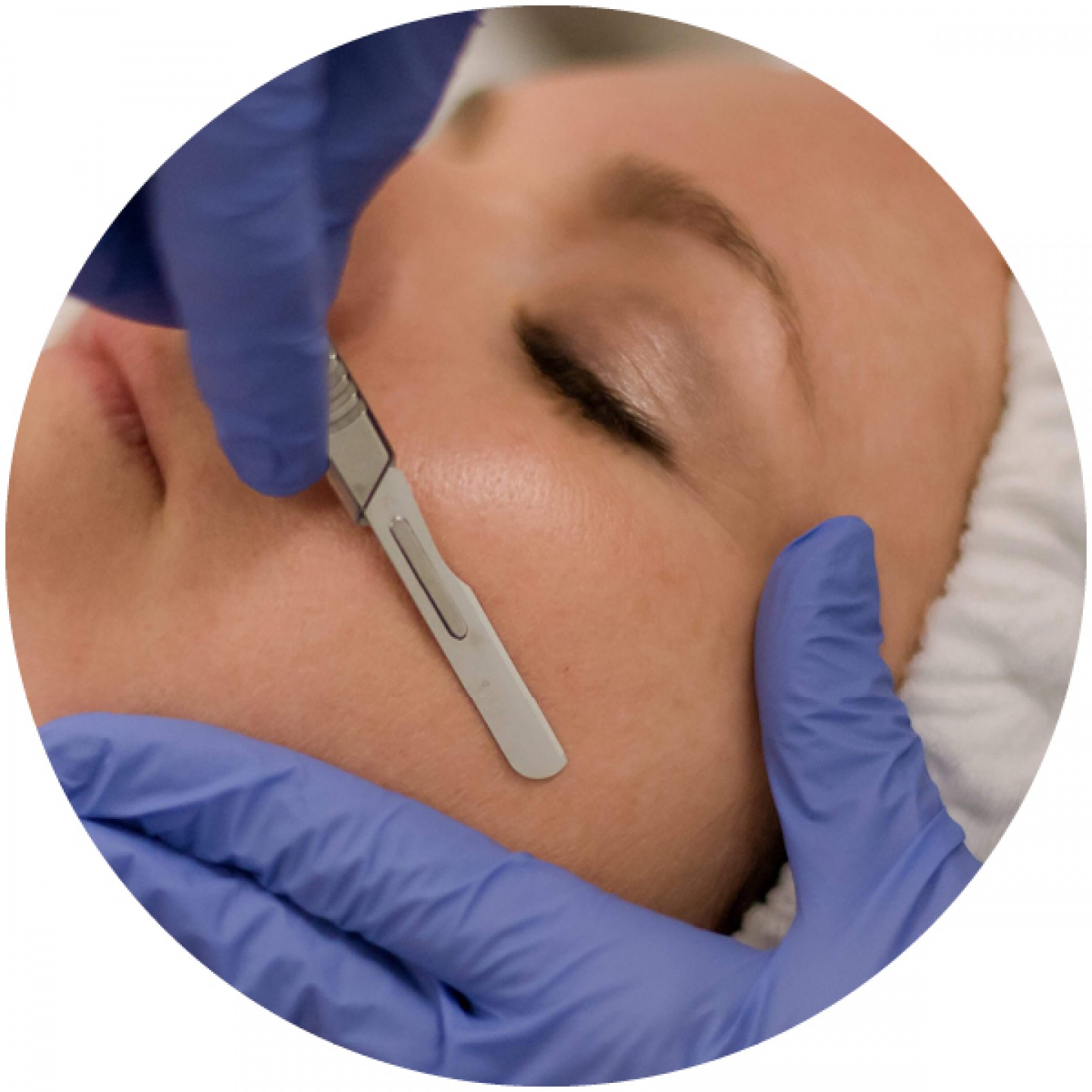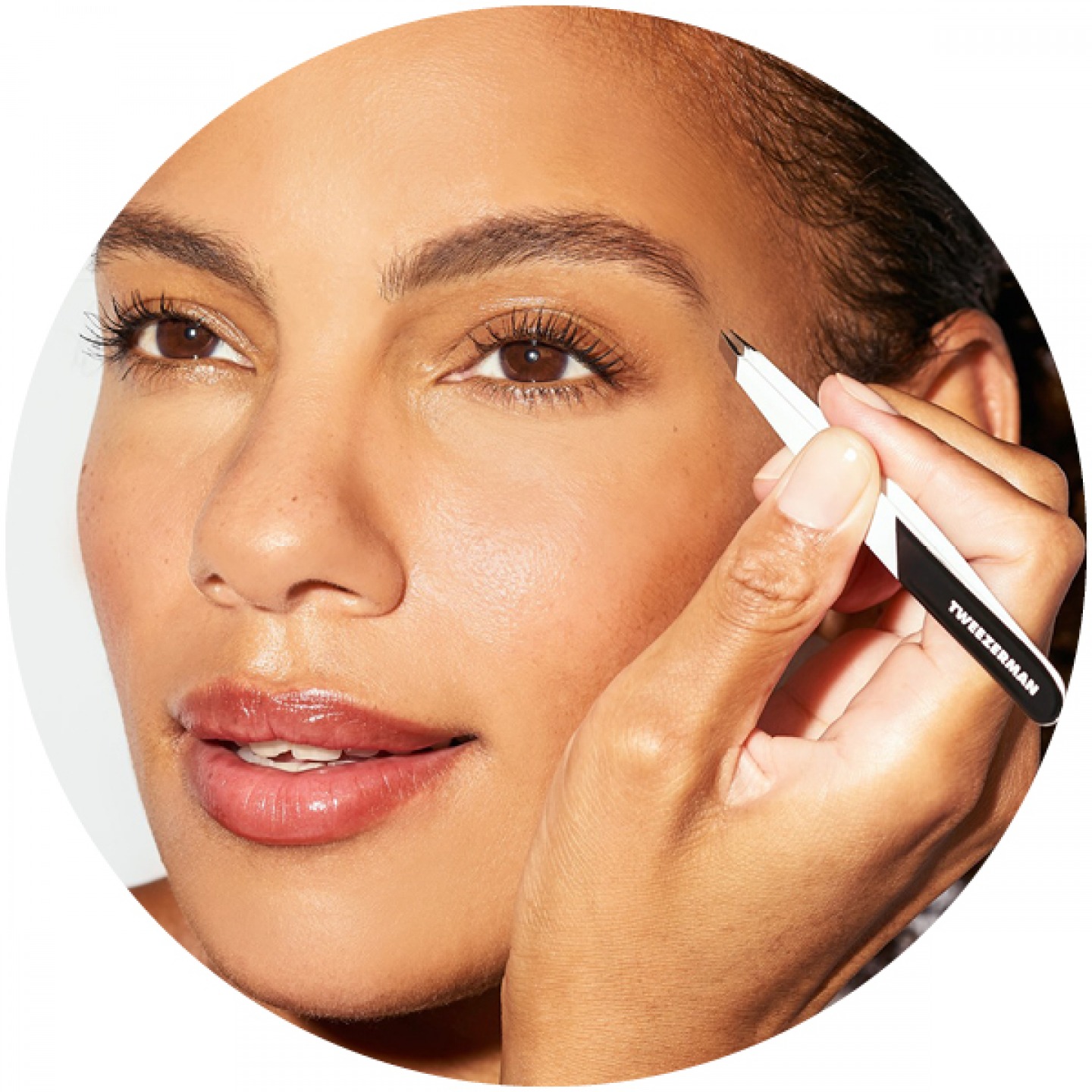How to Be Face-Fuzz Free

Why it happens, and more importantly what to do about it
Hair is a distinct part of what makes us unique. Just like skin and eye colour, some of us have more hair than others, including facial hair, and it’s thanks to a complex interplay of genetics and hormones.
Random hairs on the chin or neck together with some peach fuzz is fairly common, and often related to hormonal changes. But it’s a fact that many women will develop excess facial hair as they age, as oestrogen levels drop and levels of testosterone pre-and post-menopause are raised. Hair grows from hair follicles and there are two distinct types; vellus hair, which is the fine peach fuzz; and terminal hair follicles which are longer, thicker and deeper rooted. Testosterone changes vellus hair into terminal hair by activating receptors in hair follicles, hence why women are more prone to thicker facial hair post menopause. These changes can also occur as a result of medical conditions including polycystic ovaries, Cushing’s disease and some medication.
Luckily, there are an abundance of options when it comes to facial hair removal, and obviously some are better than others. Excessive hair growth on the face is best treated by professional electrolysis or laser removal. Ideal for smaller areas of stubborn hair, electrolysis tackles each follicle individually, passing an electric current into the hair root. Though it’s a longer and more delicate method, it’s incredibly thorough as the electrical current causes a heated chemical reaction which kills the hair instantly. Laser hair removal, which works best on darker hair, uses an intense beam of light to destroy the hair follicles at the root. Although you will require a number of both electrolysis or laser treatments, both treatments guarantee long-term results. And whilst both treatments cause some slight discomfort (like an elastic band being pinged on your face) the upside of a fuzz-free face is definitely worth it.



Read More: Luscious Lip Balms and Colours for a Perfect (Soft) Pout
Sadly, not all skin types are suited to the more invasive treatments. It is important to do your research carefully and only use a qualified professional to reduce any risk of scarring, but those with sensitive skin should consider other hair removal options such as waxing or sugaring. The downside to these is that the hair to be treated needs to be on average at least five millimetres long, but the hair doesn’t need to be dark as it works on blonde, grey or white hair too. They are both however only temporary in terms of results, and regular treatments are needed to keep you hair-free.
Threading removes unwanted hair by plucking using a twisted cotton thread. Practised for centuries in the Middle East it is now available in many beauty salons and department stores. Re-growth tends to be between two and four weeks and regular threading should weaken the hair follicle so regrowth is less dense. The downside? Threading can cause skin irritation, infection and ingrowing hair if not carried out correctly, but for anyone with sensitive skin it is a gentler alternative to waxing.
Read More: The Vegan Beauty Products You Need to Try
Dermaplaning involves scraping off dead surface skin cells and that annoying peach fuzz with a surgical-grade scalpel. Relatively new in the UK as a beauty treatment, dermaplaning leaves skin instantly brighter and smoother and results last up to three weeks. Different to shaving, professional dermaplaning smooths out uneven skin texture so you have a smoother base for makeup. There is a downside in that it can’t be done over active breakouts and it can sometimes irritate skin, and whilst you can buy at-home dermaplaning kits, for best results it is definitely worthwhile going to a professional for an in-clinic treatment. As with many of these treatments, it’s important to stay out of the sun for a few days post-dermaplaning as your face will be more susceptible to sun damage.
For anyone who uses hair removal cream on other areas, don’t be tempted to try it on your face. To chemically dissolve hair the creams need to be pretty strong and often contain a high percentage of alcohol too so you might find not only do they really irritate the more sensitive skin on your face, the alcohol can cause dry, flakey patches too.
Finally, a couple of stray hairs can easily be removed by tweezing but tempting as you might find it for superfast fuzz-free results, don’t be tempted to shave. Whilst contrary to popular belief the hair won’t grow back thicker, it might appear so because the tips of the hair growing back are blunt rather than tapered, but with shaving you also suffer the risk of ingrowing hair and shaver’s rash. If you are not used to shaving you also run the risk of a cut which can lead to scarring.







